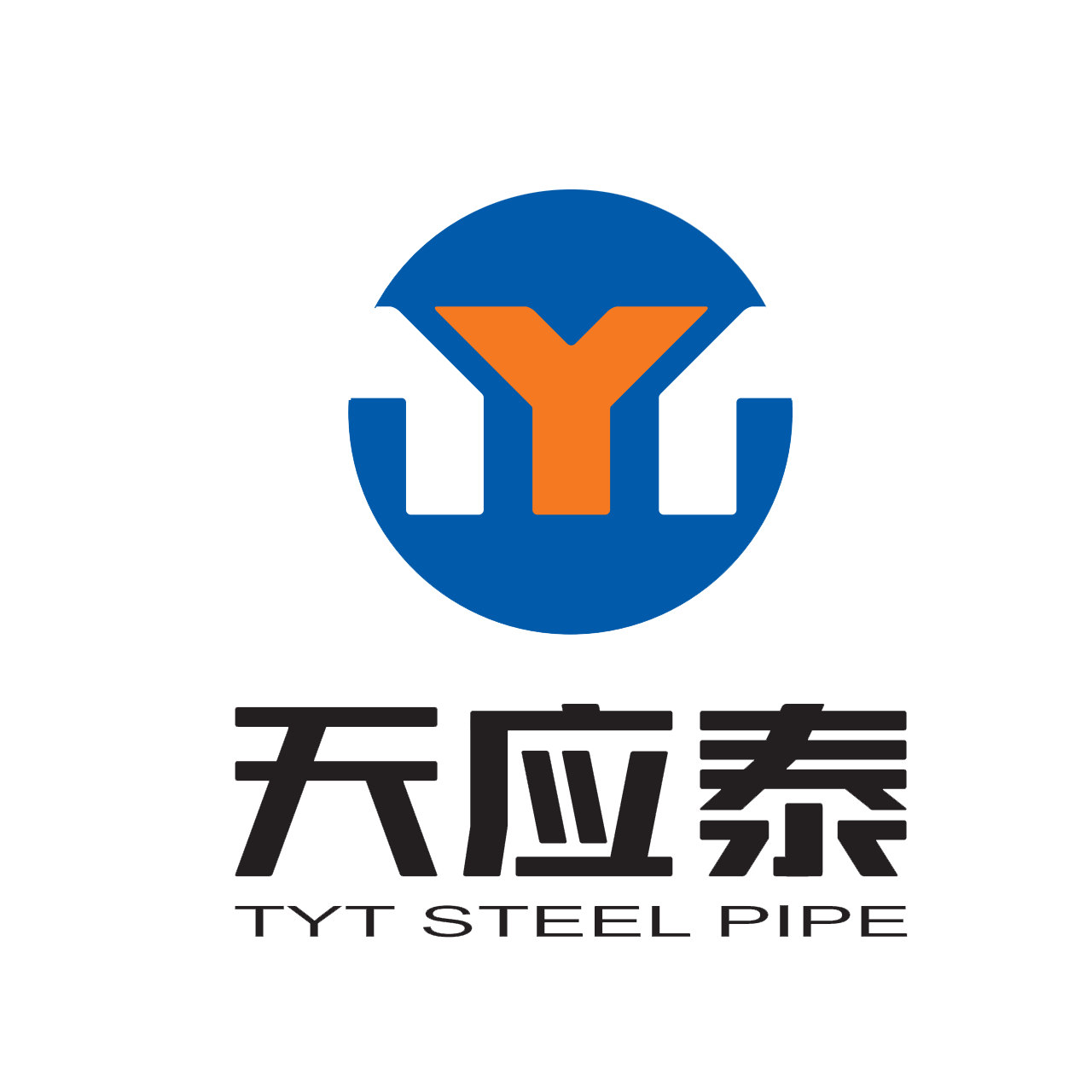Intermediate metal conduit, or IMC, is a rigid steel electrical conduit designed for outdoor exposure and strong connections. It was designed specifically to protect insulated electrical conductors and cables. It does the work of a similar metal conduit, rigid metal conduit (RMC), but weighs about a third less. By utilizing IMC in any areas allowed, you can all but eliminate the need for a heavier-walled conduit.
IMC Conduit Basics
IMC conduit is coated with a hot galvanized coating on the exterior and a special corrosive-resistant coating on the inside to extend the conduit’s lifespan. Common conduit sizes range from 1/2 inch to 4 inches in diameter. It is sold in 10-foot lengths, with or without threaded ends. Originally introduced by Allied Tube & Conduit Corporation, IMC is manufactured in accordance with UL (formerly Underwriters Laboratories) safety standard 1242 and ANSI C80.6. The National Electrical Code (NEC) includes a specific article detailing the proper use of IMC, Article 342.
IMC conduit is joined with threaded couplings to ensure safe and secure connections. Installation usually requires large pliers or pipe wrenches. IMC can be cut with pipe cutters or a band saw, but you must file the interior side of the pipe to remove any sharp burrs that might damage the outer coating of the wire as it is being pulled through the conduit. Once cut, the conduit is threaded on the cut end, allowing the user to make whatever lengths are needed. For DIYers who don’t own the tools, pipe-threading equipment can be rented, or a hardware store or building supply center can cut and thread lengths of IMC conduit to your specifications.
IMC vs. RMC
In addition to its lighter weight, IMC offers some other advantages over RMC. It has a larger interior diameter than RMC, and the smoother interior of the pipe makes it easier to pull wires through the conduit. The National Electrical Code permits the use of IMC in all of the same applications RMC is approved for. For this reason, as well as the lighter weight and larger interior diameter, IMC has replaced RMC in many applications, both residential and commercial.
IMC vs. EMT
IMC is typically compared to RMC, but in terms of weight, it lies between RMC and EMT, or electrical metallic tubing (also known as conduit). EMT is commonly used for branch circuit wiring in homes (where the wiring runs are exposed) and in commercial buildings. EMT is never threaded and is not designed for strong connections like IMC and RMC. In residential wiring, IMC is usually limited to service entrance assemblies and exposed runs to and from exterior service panels. Otherwise, EMT is the standard for household installations.
IMC Applications
IMC is allowed anywhere RMC is used, particularly for residential wiring. This may include service masts, panel connections, and other outdoor applications. Always check with the power company and the local building authority for specific requirements in your area.
Don’t Forget the Fittings
IMC conduit comes in a variety of sizes to fill your conduit needs. Remember to include the accessories that you may need to complete the project. This may include threaded 45- and 90-degree fittings, couplings, locknuts, and bushings (regular or self-sealing type).
